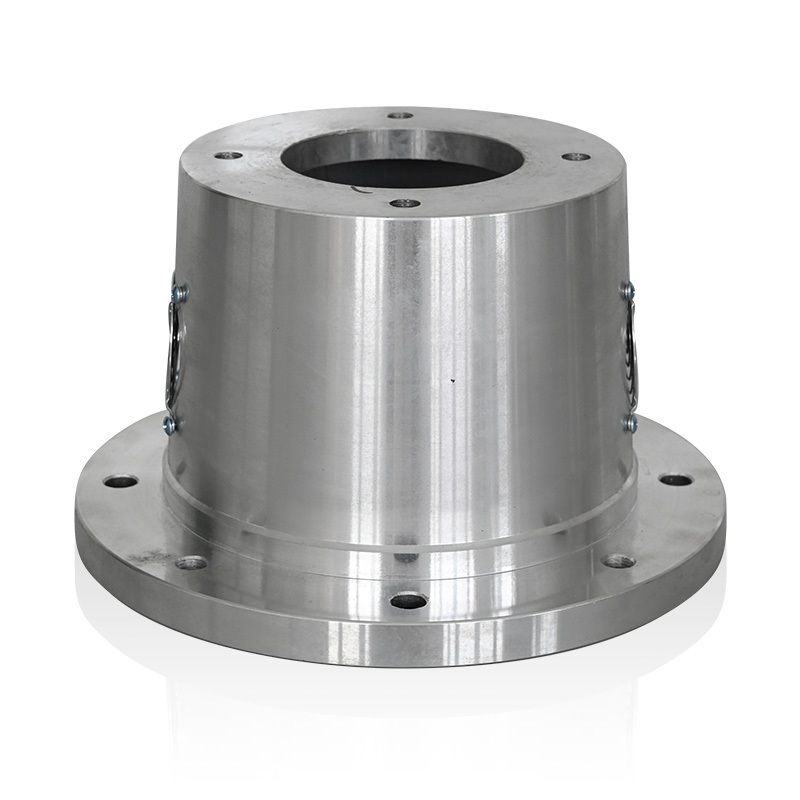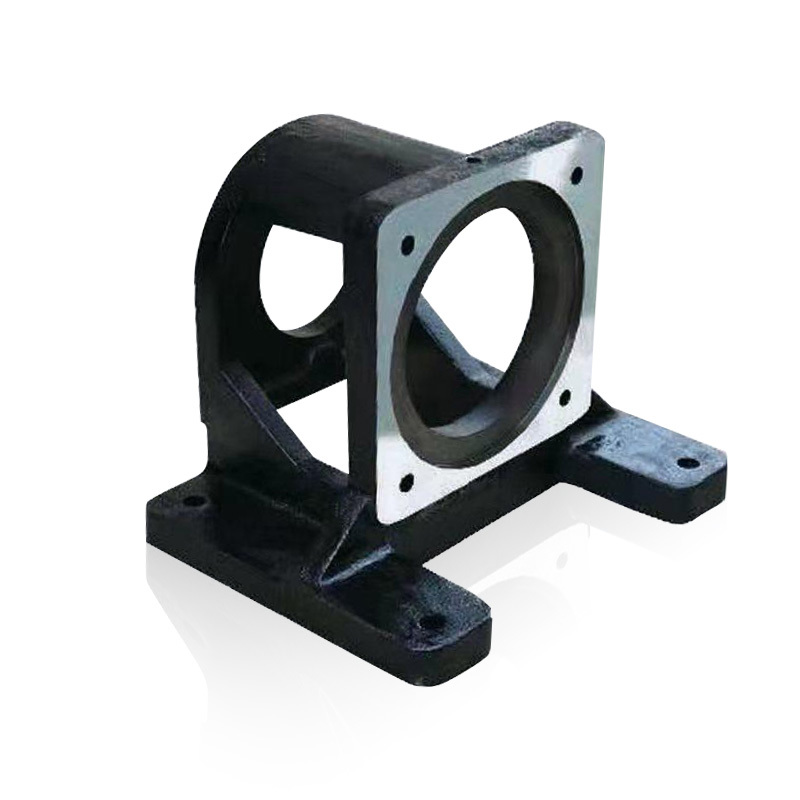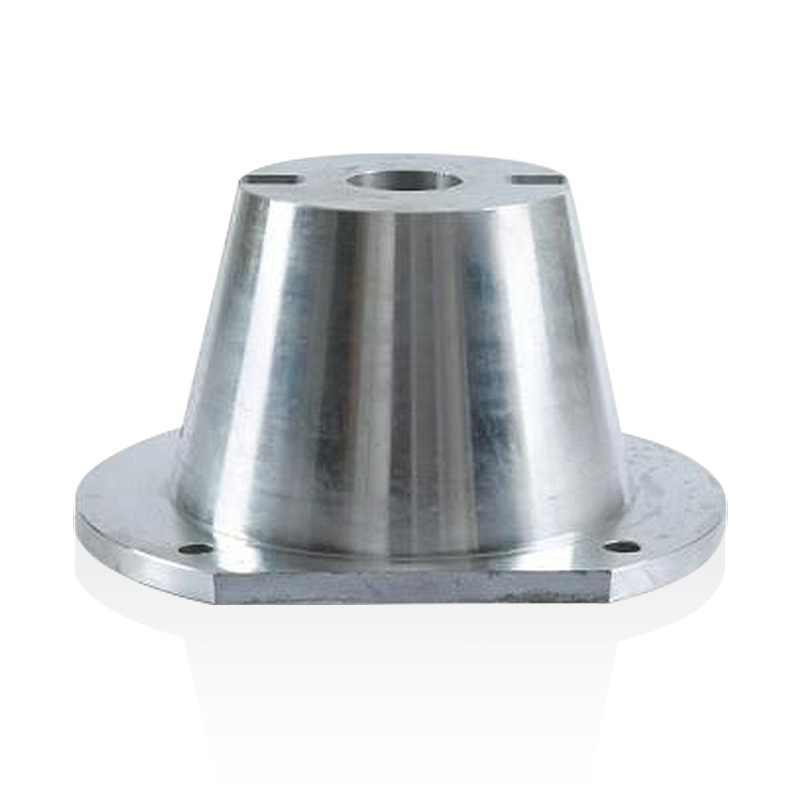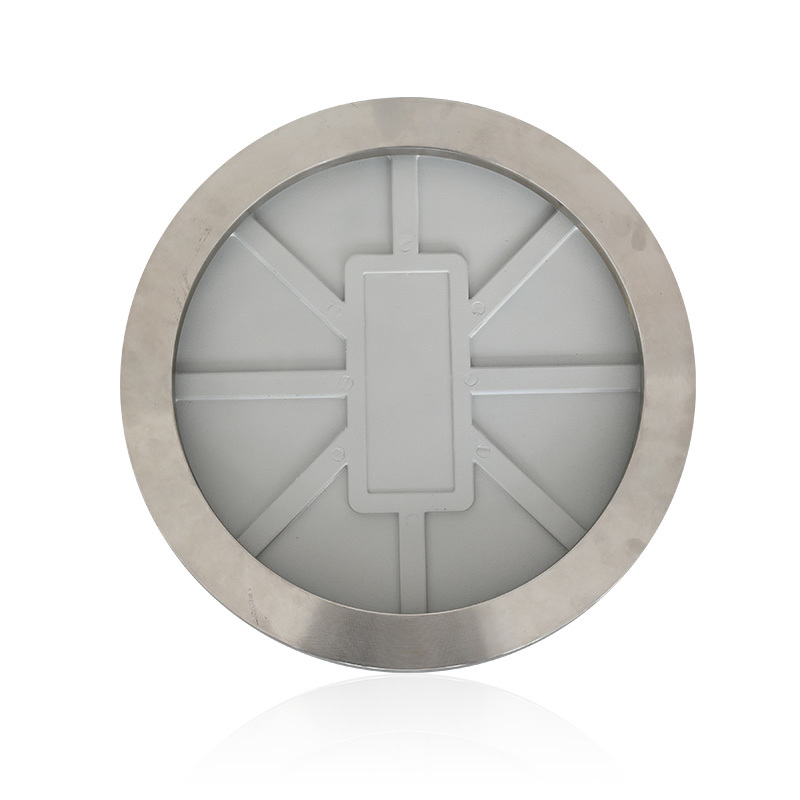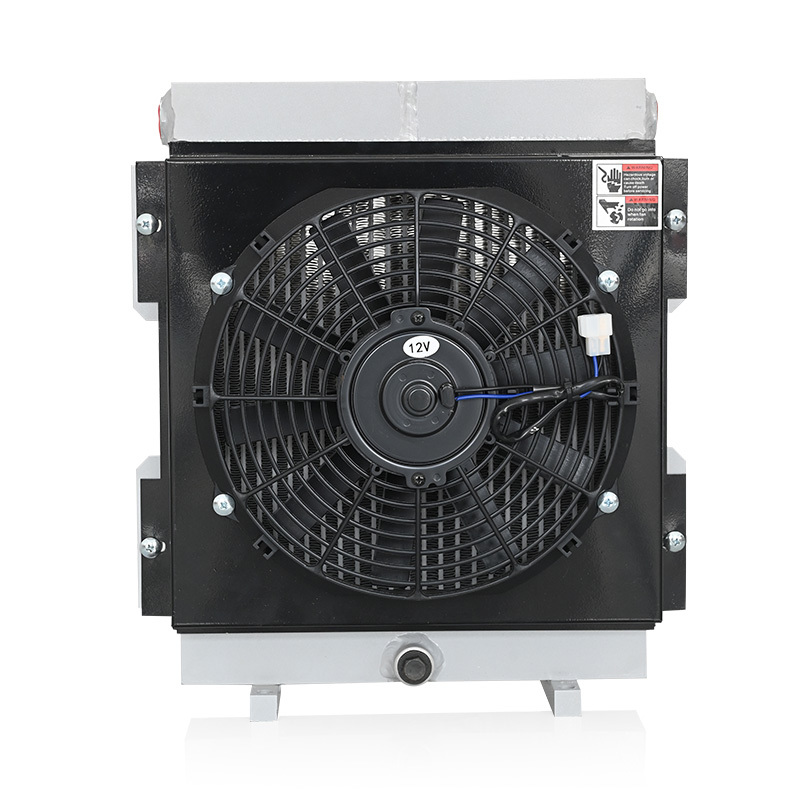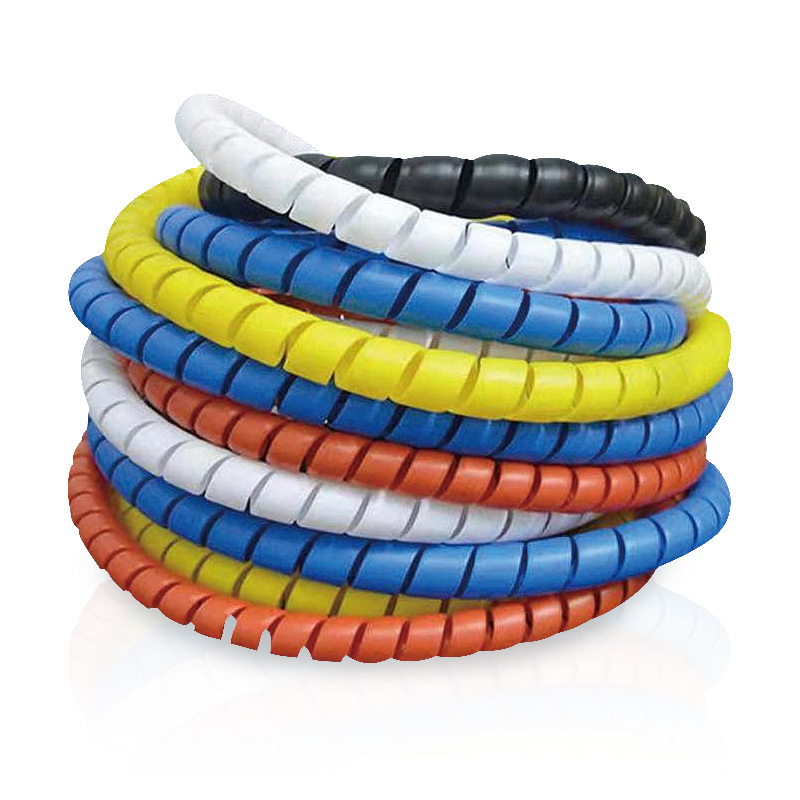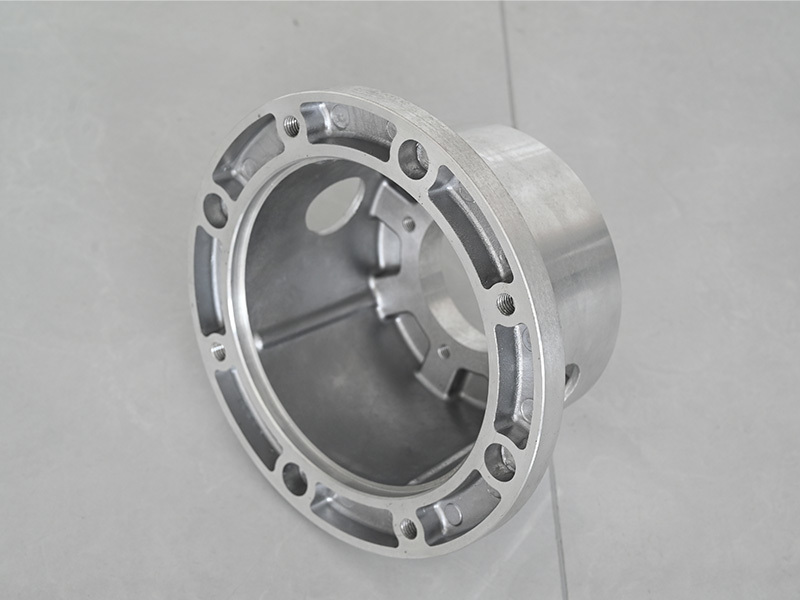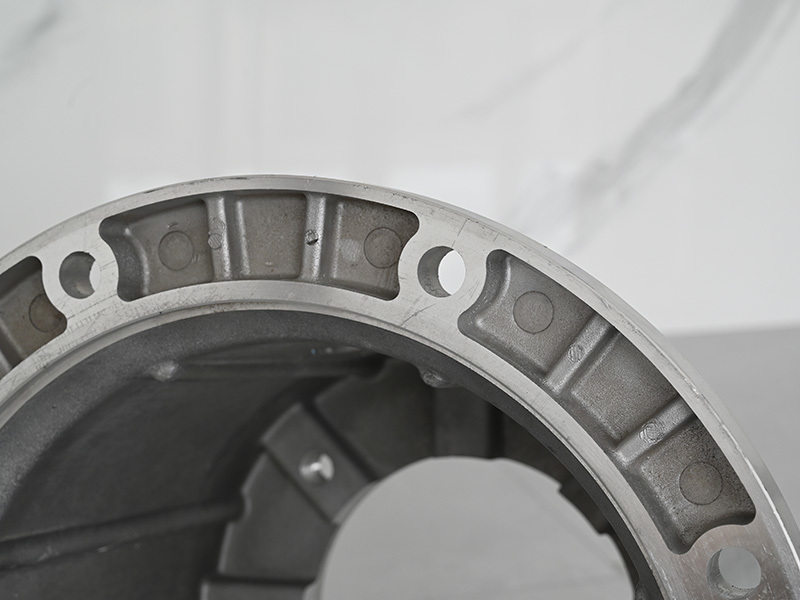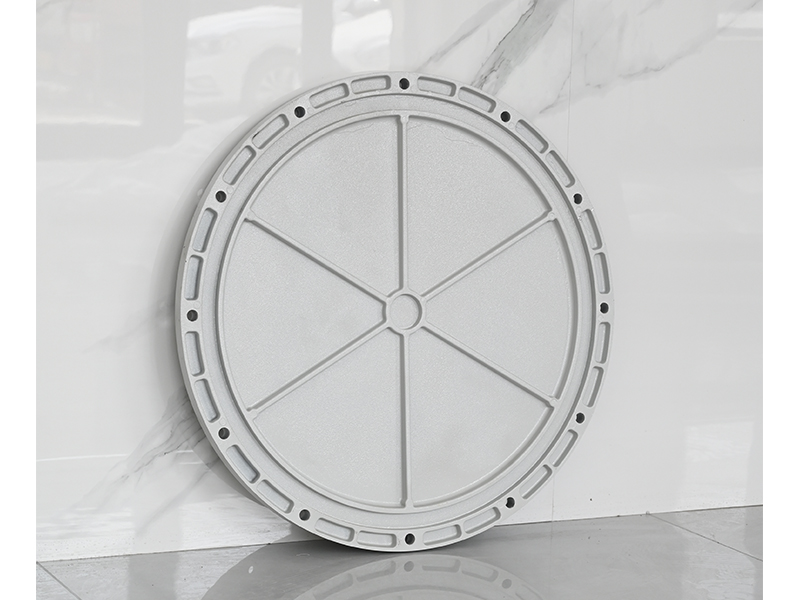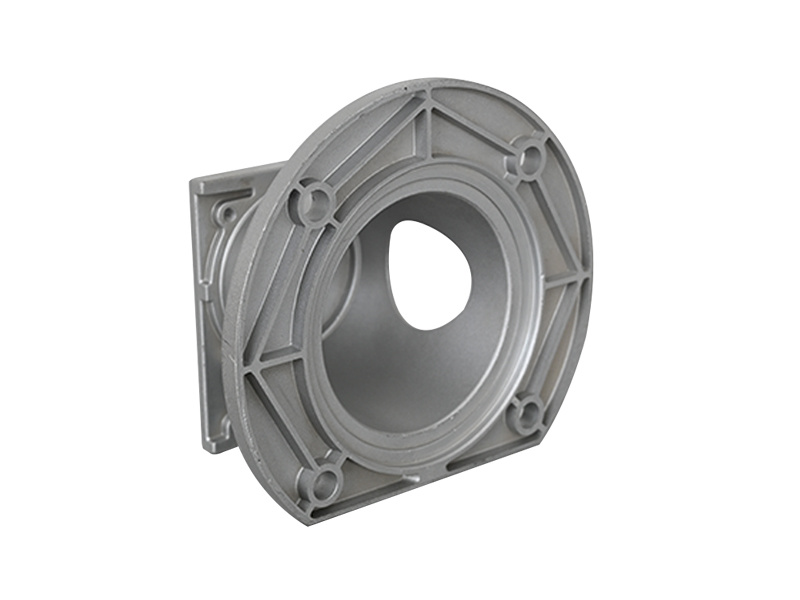Maintenance Made Simple: Understanding the Importance of Oil Tank Manhole Covers
Release Time:
Jul 08,2025
Maintenance Made Simple: Understanding the Importance of Oil Tank Manhole Covers Table of Contents 1. Introduction to Oil Tank Manhole Covers 2. What Are Oil Tank Manhole Covers? 3. Importance of Oil Tank Manhole Covers 3.1 Safety Considerations 3.2 Environmental Impact 3.3 Regulatory Compliance and Standards
Maintenance Made Simple: Understanding the Importance of Oil Tank Manhole Covers
Table of Contents
- 1. Introduction to Oil Tank Manhole Covers
- 2. What Are Oil Tank Manhole Covers?
- 3. Importance of Oil Tank Manhole Covers
- 4. Types of Oil Tank Manhole Covers
- 5. Maintenance Tips for Oil Tank Manhole Covers
- 6. Common Issues with Oil Tank Manhole Covers
- 7. Frequently Asked Questions (FAQs)
- 8. Conclusion
1. Introduction to Oil Tank Manhole Covers
Oil tank manhole covers are an essential component of the oil storage and automotive engine systems. They serve as protective lids for the manholes on oil tanks, facilitating access while ensuring safety and environmental responsibility. In this article, we will explore the significance of these covers, the types available, maintenance practices, and common issues, providing a comprehensive understanding to help you appreciate their importance in the automotive industry.
2. What Are Oil Tank Manhole Covers?
Oil tank manhole covers are specially designed lids that seal the openings of oil storage tanks. They are crucial for preventing contamination, managing pressure and vapor release, and ensuring safe access for maintenance and inspections. Typically made from durable materials, these covers can withstand harsh environmental conditions while providing a secure seal.
3. Importance of Oil Tank Manhole Covers
Understanding the importance of oil tank manhole covers is vital for both safety and efficiency in the automotive industry. Here, we delve into three key aspects: safety considerations, environmental impact, and regulatory compliance.
3.1 Safety Considerations
Safety is paramount when dealing with oil tanks. Oil tank manhole covers provide a vital barrier against accidental spills and leaks, which can pose significant hazards to workers and the environment. A secure manhole cover minimizes the risk of slipping or falling into the tank, thereby enhancing workplace safety.
3.2 Environmental Impact
The environmental implications of oil leaks can be severe, leading to soil and water contamination. Properly sealed manhole covers help prevent such incidents by protecting the oil from external contaminants and containing any spills within the tank. This proactive measure contributes to a cleaner environment and promotes sustainable practices within the automotive sector.
3.3 Regulatory Compliance and Standards
Regulatory bodies impose strict guidelines regarding oil storage and management to protect public health and the environment. Oil tank manhole covers are often required to meet specific design and performance standards to comply with these regulations. Understanding these requirements is essential for businesses to avoid penalties and ensure their operations align with industry standards.
4. Types of Oil Tank Manhole Covers
Choosing the right type of oil tank manhole cover is crucial for ensuring safety and functionality. Various options are available based on material and design, catering to different needs and preferences.
4.1 Material Options for Manhole Covers
Manhole covers can be constructed from a variety of materials, including:
- **Steel**: Known for its strength and durability, steel manhole covers are commonly used for heavy-duty applications.
- **Aluminum**: Lightweight yet robust, aluminum covers are resistant to corrosion and ideal for environments with moisture.
- **Composite Materials**: These covers combine various materials, offering a balance of strength, weight, and resistance to environmental factors.
Selecting the appropriate material is essential for maximizing the longevity and effectiveness of oil tank manhole covers.
4.2 Design Variations in Manhole Covers
Various designs are available to cater to different operational needs. Some common designs include:
- **Lockable Covers**: These covers provide added security, preventing unauthorized access to the tank.
- **Ventilated Covers**: Designed to allow vapor release while preventing contaminants from entering, ventilated covers balance safety and functionality.
- **Flat vs. Domed Designs**: Flat designs are easier to clean, while domed designs can help with drainage and prevent water accumulation.
Choosing a design that meets specific operational requirements is critical for maximizing the efficacy of oil tank manhole covers.
5. Maintenance Tips for Oil Tank Manhole Covers
Regular maintenance is essential to prolong the life of oil tank manhole covers and ensure they continue to provide adequate protection. Here are some practical tips for effective maintenance.
5.1 Routine Inspections
Conducting regular inspections allows you to identify signs of wear, damage, or contamination early. Look for:
- **Cracks or Chips**: Inspect the cover and surrounding area for any visible damage.
- **Corrosion**: Check for rust or corrosion, especially in metal covers, and address any issues immediately.
- **Seal Integrity**: Ensure that the seals are in good condition, as they play a vital role in maintaining a secure barrier.
Setting a routine inspection schedule can help you proactively manage maintenance tasks and prevent larger issues from arising.
5.2 Cleaning Procedures
Keeping oil tank manhole covers clean is crucial for their effectiveness. Regular cleaning helps prevent the buildup of contaminants that can compromise seal integrity. Recommended cleaning procedures include:
- **Use of Mild Detergents**: Clean the surfaces with mild detergents and water to remove dirt and oil residues.
- **Avoiding Harsh Chemicals**: Steer clear of abrasive cleaners that can damage the cover materials.
- **Regular Checks for Contaminants**: Ensure that the area surrounding the cover is also free of debris and contaminants.
Implementing a structured cleaning schedule can enhance the longevity of oil tank manhole covers.
5.3 Repair and Replacement
When issues arise, prompt action is necessary. Depending on the severity of the damage, you may need to either repair or replace the manhole cover. Steps to consider include:
- **Sealing Minor Damages**: For small cracks or chips, sealing compounds can often be used as a quick fix.
- **Replacement of Severely Damaged Covers**: If the cover is significantly damaged or compromised, it's advisable to replace it entirely to ensure safety and compliance.
Regular maintenance checks will help you determine the appropriate course of action for your oil tank manhole covers.
6. Common Issues with Oil Tank Manhole Covers
Several issues can arise concerning oil tank manhole covers, impacting their effectiveness and safety. Common problems include:
- **Leaks**: Poorly sealed covers can lead to leaks, posing significant safety and environmental risks.
- **Corrosion**: Environmental factors can lead to corrosion, particularly in metal covers. Regular inspections can help mitigate this.
- **Structural Damage**: Heavy impacts or degradation over time can cause structural issues, necessitating timely repair or replacement.
Being aware of these common issues can aid in proactive maintenance and management of oil tank manhole covers.
7. Frequently Asked Questions (FAQs)
What is the primary function of oil tank manhole covers?
The primary function of oil tank manhole covers is to provide safety and security, preventing unauthorized access while protecting the oil from contamination and environmental hazards.
How often should I inspect my oil tank manhole covers?
Routine inspections should ideally be conducted at least once every month, or more frequently if environmental conditions warrant it.
What are the signs that an oil tank manhole cover needs replacement?
Signs of replacement include visible structural damage, severe corrosion, or consistent leaks that cannot be sealed.
Can I clean oil tank manhole covers with any cleaning products?
No, it is advisable to use mild detergents and avoid harsh chemicals that may damage the covers' material.
Are there specific regulations governing oil tank manhole covers?
Yes, various regulatory bodies impose guidelines regarding the design and maintenance of oil tank manhole covers to ensure safety and environmental protection.
8. Conclusion
In summary, oil tank manhole covers play a crucial role in maintaining safety, environmental integrity, and regulatory compliance in the automotive engine systems. Understanding their significance, types, and proper maintenance practices can empower businesses and individuals to ensure their operations are safe and efficient. By investing time in regular inspections and maintenance, you not only enhance operational efficiency but also contribute to a safer and greener environment.
Keywords:
You Can Also Learn More About Industry Trends


